-
 Bitcoin
Bitcoin $117700
-0.03% -
 Ethereum
Ethereum $3805
0.49% -
 XRP
XRP $3.098
-1.00% -
 Tether USDt
Tether USDt $1.000
0.03% -
 BNB
BNB $792.8
-1.72% -
 Solana
Solana $177.9
-1.95% -
 USDC
USDC $1.000
0.02% -
 Dogecoin
Dogecoin $0.2202
-1.55% -
 TRON
TRON $0.3278
-2.92% -
 Cardano
Cardano $0.7641
-2.43% -
 Hyperliquid
Hyperliquid $42.21
-2.68% -
 Sui
Sui $3.758
-1.58% -
 Stellar
Stellar $0.4080
-3.21% -
 Chainlink
Chainlink $17.75
-0.33% -
 Bitcoin Cash
Bitcoin Cash $591.8
4.96% -
 Hedera
Hedera $0.2561
-3.09% -
 Avalanche
Avalanche $23.34
-4.24% -
 Litecoin
Litecoin $110.7
1.96% -
 UNUS SED LEO
UNUS SED LEO $8.956
-0.01% -
 Toncoin
Toncoin $3.410
0.79% -
 Ethena USDe
Ethena USDe $1.001
0.03% -
 Shiba Inu
Shiba Inu $0.00001288
-1.82% -
 Uniswap
Uniswap $10.07
-2.06% -
 Polkadot
Polkadot $3.807
-2.27% -
 Monero
Monero $308.2
-2.15% -
 Dai
Dai $1.000
0.03% -
 Bitget Token
Bitget Token $4.521
-0.30% -
 Pepe
Pepe $0.00001134
-1.52% -
 Cronos
Cronos $0.1457
0.65% -
 Aave
Aave $274.9
-2.47%
What is a head fake in Bollinger Bands?
A Bollinger Band "head fake" occurs when price touches the upper or lower band, suggesting a reversal, but instead continues in the original trend, trapping unwary traders.
Jul 30, 2025 at 09:44 pm
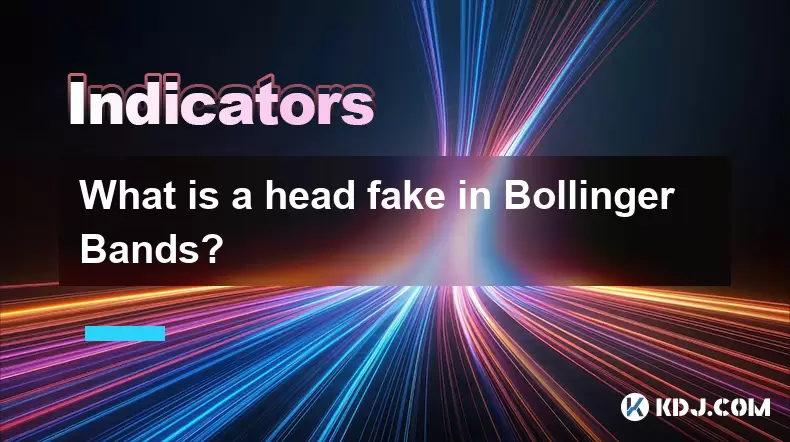
Understanding Bollinger Bands and Their Structure
Bollinger Bands are a widely used technical analysis tool developed by John Bollinger in the 1980s. They consist of three lines plotted on a price chart: a simple moving average (SMA), typically over 20 periods, and two outer bands that represent standard deviations above and below the SMA. The upper band is usually set at two standard deviations above the SMA, while the lower band is two standard deviations below. These bands dynamically expand and contract based on market volatility. When volatility increases, the bands widen; when volatility decreases, they narrow.
Traders use Bollinger Bands to identify overbought or oversold conditions, potential breakouts, and trend strength. A common interpretation is that prices near the upper band suggest overbought conditions, while prices near the lower band suggest oversold levels. However, this interpretation can lead to misleading signals—especially when a head fake occurs.
What Is a Head Fake in Bollinger Bands?
A head fake in Bollinger Bands refers to a false signal where price touches or briefly moves beyond one of the outer bands, suggesting a potential reversal, but instead continues in the original direction. This deceptive movement tricks traders into believing a trend reversal is imminent, only for the market to resume its prior momentum. For example, if the price touches the lower Bollinger Band during a strong uptrend and appears to be oversold, a trader might anticipate a bounce. However, if the price continues downward or consolidates without reversing, this constitutes a head fake.
These false signals are particularly dangerous because they exploit common trading strategies based on mean reversion—the idea that prices tend to return to the middle band over time. In trending markets, this assumption fails, and price can ride along the upper or lower band for extended periods, invalidating simple reversal-based entries.
How to Identify a Head Fake Using Bollinger Bands
To recognize a head fake, traders must analyze context, not just band touches. The following indicators and conditions can help:
- Trend confirmation: Use a trend-following indicator like the 200-period moving average or ADX (Average Directional Index) to determine if the market is in a strong trend. In a strong uptrend, touches of the lower band are more likely to be head fakes.
- Volume analysis: A genuine breakout or reversal often comes with high trading volume. If price touches a band on low volume, it may indicate weak momentum and a higher chance of a head fake.
- Candlestick patterns: Look for rejection candles like hammers or shooting stars near the bands. Their absence may suggest lack of reversal intent.
- Band width: Narrow bands (low volatility) followed by a sharp move to the outer band increase the likelihood of a sustained move rather than a reversal, making head fakes more common.
Ignoring these contextual clues can lead to premature entries based solely on band proximity.
Strategies to Avoid Head Fake Signals
To reduce the risk of falling for a head fake, traders should integrate Bollinger Bands with complementary tools:
- Use Bollinger Bands with RSI (Relative Strength Index): If the price touches the upper band and RSI is above 70, it may confirm overbought conditions. However, if RSI remains neutral or rising in a strong trend, the touch may not signal a reversal.
- Apply the Bollinger Band Squeeze: A squeeze occurs when bands contract tightly, indicating low volatility. A breakout after a squeeze is often strong and less likely to be a head fake. Wait for volume confirmation after the breakout to avoid false moves.
- Wait for candle closure beyond the band: A single wick touching the band is less significant than a full candle closing outside the band. The latter may indicate stronger momentum and reduced chance of a head fake.
- Incorporate support and resistance levels: If price approaches the lower band near a known support level, a reversal is more credible. Conversely, if it hits the band in open space with no support, a head fake is more likely.
These methods help filter out noise and increase the reliability of Bollinger Band signals.
Practical Example: Spotting a Head Fake in a Crypto Chart
Consider a Bitcoin/USDT 4-hour chart. Bitcoin has been in a strong uptrend, consistently making higher highs and higher lows. The price pulls back and briefly touches the lower Bollinger Band. A novice trader might interpret this as an oversold condition and enter a long position expecting a bounce.
However, closer inspection reveals:
- The 20-period SMA is sloping upward, confirming the uptrend.
- Volume during the pullback is low, indicating weak selling pressure.
- There are no bullish reversal candlesticks like hammers or engulfing patterns.
- The RSI remains above 50, showing underlying bullish momentum.
Instead of reversing, price continues sideways and then resumes upward, invalidating the reversal assumption. This scenario exemplifies a head fake—the touch of the lower band did not lead to a reversal but was part of a healthy trend continuation.
Adjusting Bollinger Band Settings to Reduce False Signals
The default Bollinger Band settings (20-period SMA, 2 standard deviations) work well in many cases, but adjustments can help reduce head fake occurrences:
- Increase the standard deviation to 2.5 in highly volatile markets like cryptocurrencies. This makes the bands wider, reducing the frequency of touches and filtering out minor fluctuations.
- Use a longer SMA period (e.g., 50) in trending markets to smooth out noise and align better with the dominant trend.
- Combine with Bollinger Band %B indicator, which shows where price is relative to the bands (0 = lower band, 1 = upper band). A %B value near 0 during an uptrend may still be part of the trend, not a reversal signal.
Testing these adjustments on historical data via backtesting can reveal which settings suit specific assets and timeframes.
Frequently Asked Questions
Can a head fake occur on both the upper and lower Bollinger Bands?
Yes. A head fake can happen when price touches the upper band in a strong downtrend, suggesting overbought conditions, but then continues falling. Similarly, a touch of the lower band in an uptrend can falsely suggest oversold conditions while the trend persists.
Does a head fake always lead to a continuation of the trend?
Not necessarily. A head fake specifically refers to the failure of a reversal after a band touch. The price may continue the trend, consolidate, or even reverse later—but the initial expectation of reversal fails.
How can I differentiate a head fake from a genuine breakout?
A genuine breakout is often confirmed by sustained price movement beyond the band with increasing volume and follow-through in the next few candles. A head fake typically shows rejection or lack of momentum after the touch, with price failing to make progress.
Is the head fake more common in certain cryptocurrencies?
Yes. Highly volatile cryptos like Dogecoin or meme tokens experience more frequent band touches and erratic moves, increasing the likelihood of head fakes. Stablecoins or less volatile assets may produce fewer false signals.
Disclaimer:info@kdj.com
The information provided is not trading advice. kdj.com does not assume any responsibility for any investments made based on the information provided in this article. Cryptocurrencies are highly volatile and it is highly recommended that you invest with caution after thorough research!
If you believe that the content used on this website infringes your copyright, please contact us immediately (info@kdj.com) and we will delete it promptly.
- Bitcoin, Penguins, and Meme Coins: A Wild Ride in Crypto Town
- 2025-07-31 16:30:14
- Whale Movement and Altcoins: Buying Pressure Heats Up!
- 2025-07-31 16:30:14
- Pi Network's Price Crash: A Crypto Disappointment or a Buying Opportunity?
- 2025-07-31 17:10:12
- Ether Machine's ETH Accumulation: A New York Minute on Corporate Crypto Strategies
- 2025-07-31 17:10:12
- Bitcoin Price on the Edge: Trendline Break or Breakdown?
- 2025-07-31 17:50:12
- Dogecoin, Investors, and Ozak AI: A New Era of Crypto Investments?
- 2025-07-31 17:50:12
Related knowledge
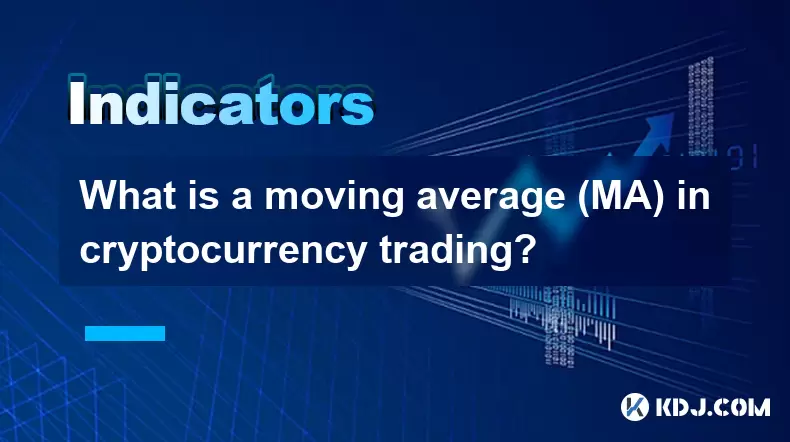
What is a moving average (MA) in cryptocurrency trading?
Jul 31,2025 at 06:30pm
Understanding the Concept of Moving Average (MA)A moving average (MA) is a widely used technical analysis tool in cryptocurrency trading that helps sm...
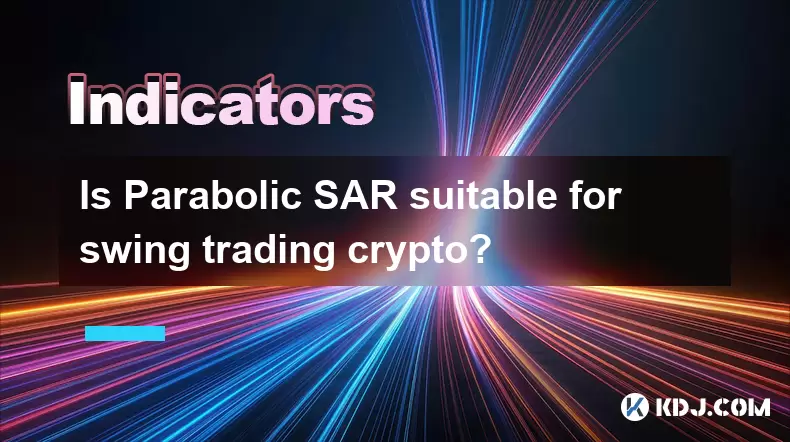
Is Parabolic SAR suitable for swing trading crypto?
Jul 31,2025 at 05:29pm
Understanding Parabolic SAR in Cryptocurrency TradingThe Parabolic SAR (Stop and Reverse) is a technical indicator developed by J. Welles Wilder that ...
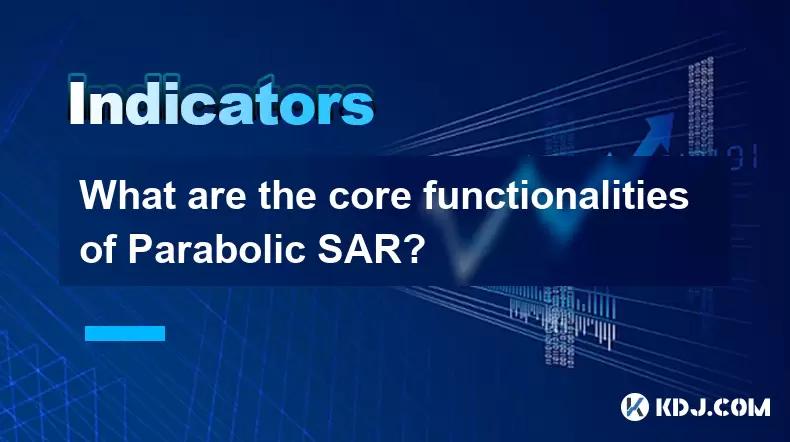
What are the core functionalities of Parabolic SAR?
Jul 31,2025 at 04:57pm
Understanding the Parabolic SAR IndicatorThe Parabolic SAR (Stop and Reverse) is a technical analysis tool developed by J. Welles Wilder Jr. It is pri...
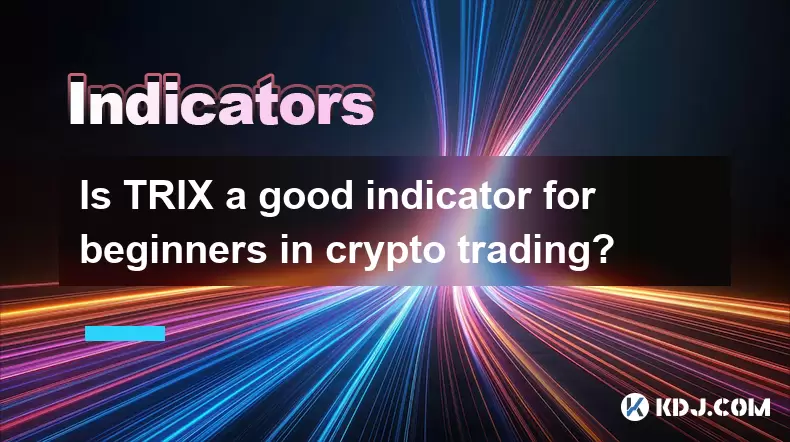
Is TRIX a good indicator for beginners in crypto trading?
Jul 31,2025 at 06:16pm
Understanding the TRIX Indicator in Cryptocurrency TradingThe TRIX (Triple Exponential Average) indicator is a momentum oscillator designed to filter ...
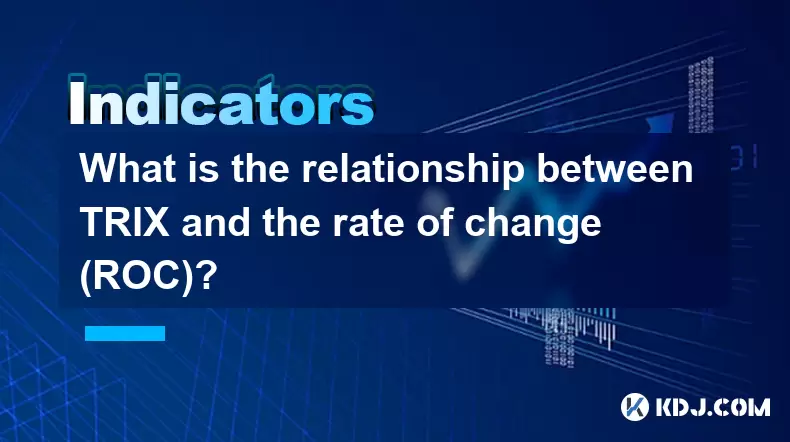
What is the relationship between TRIX and the rate of change (ROC)?
Jul 31,2025 at 03:14pm
Understanding TRIX and Its Core MechanismTRIX, or the Triple Exponential Average, is a momentum oscillator used in technical analysis to identify over...
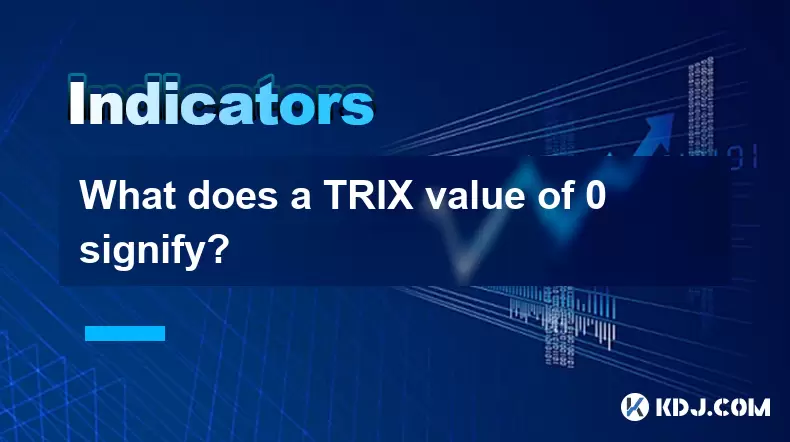
What does a TRIX value of 0 signify?
Jul 31,2025 at 02:21pm
Understanding the TRIX Indicator in Cryptocurrency TradingThe TRIX (Triple Exponential Average) indicator is a momentum oscillator used in technical a...

What is a moving average (MA) in cryptocurrency trading?
Jul 31,2025 at 06:30pm
Understanding the Concept of Moving Average (MA)A moving average (MA) is a widely used technical analysis tool in cryptocurrency trading that helps sm...

Is Parabolic SAR suitable for swing trading crypto?
Jul 31,2025 at 05:29pm
Understanding Parabolic SAR in Cryptocurrency TradingThe Parabolic SAR (Stop and Reverse) is a technical indicator developed by J. Welles Wilder that ...

What are the core functionalities of Parabolic SAR?
Jul 31,2025 at 04:57pm
Understanding the Parabolic SAR IndicatorThe Parabolic SAR (Stop and Reverse) is a technical analysis tool developed by J. Welles Wilder Jr. It is pri...

Is TRIX a good indicator for beginners in crypto trading?
Jul 31,2025 at 06:16pm
Understanding the TRIX Indicator in Cryptocurrency TradingThe TRIX (Triple Exponential Average) indicator is a momentum oscillator designed to filter ...

What is the relationship between TRIX and the rate of change (ROC)?
Jul 31,2025 at 03:14pm
Understanding TRIX and Its Core MechanismTRIX, or the Triple Exponential Average, is a momentum oscillator used in technical analysis to identify over...

What does a TRIX value of 0 signify?
Jul 31,2025 at 02:21pm
Understanding the TRIX Indicator in Cryptocurrency TradingThe TRIX (Triple Exponential Average) indicator is a momentum oscillator used in technical a...
See all articles

























































































